Latin Name: Connochaetes Taurinus Also knows as the Golden Gnu Golden Wildebeest naturally occurred along the Limpopo River basin, adjacent to the Tuli-Block of Botswana. Early farmers in the1920’s, called them “Vos Wildebeest” The first Golden Wildebeest Bull was captured by Alec Rough in the early 1990’s on the game farm Swinburne, in the Limpopo Valley. This is the area where the majority of Golden Wildebeest originate from. They formed an integral...
Wildlife Facts - Waterbuck
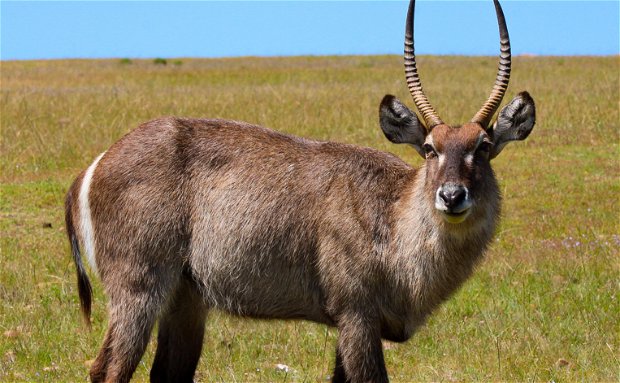
Latin Name: Kobus ellipsiprymnus
Hence their name, waterbuck tend to hang around areas where there is a lot of water, especially being water dependent animals. Bulls (males) in particular, will hold a territory where there is an abundant amount of water and food to attract females – he will only hold this territory in breeding seasons.
- If males are not holding a territory, they tend to form a bachelor herd for survival.
- Cows (females) and calves form a nursery herd and females will remain in the natal herd. Female have a gestation period of 9 months and give birth to one calf (although twins have been recorded).
- Female waterbuck communicate with their calves using bleating or snorting.
- Waterbuck have a lifespan of 11-15 years.
- Males are the only ones that will have horns, which are long and curved with ridges or rings along them to help with slipping when fighting for territory.
- As soon as young males start developing horns (at around 7-9 months of age), they are chased out of the herd by territorial bulls.
- They have been known to evade predators by rushing into water as the predatory cats, such as lions and leopards, are very reluctant to get themselves wet – even if it means missing out on a meal.
- The trademark white ring around the waterbucks’ hindquarters is used as a “follow me” sign. If one of the group spots a predator and runs, the rest know where to follow to avoid becoming dinner for one of the hungry cats.
- Waterbuck have a lot of hair around their necks neck making them look as if they should be living in much colder climates, but there is a functionality to this hair as it is all hollow.
- The hollow hair allows for extra buoyancy when swimming, helping the waterbuck to keep their heads above the water.
- Its shaggy coat is reddish-brown to grey and becomes progressively darker with age.
- Males are darker than females.
- There is a cream-colored patch (called "bib") on the throat.
- The long, spiral horns, present only on males, curve backward, then forward, and are 55-99 cm (22-39 in) long.
- They are typically silent animals but will use alarm snorts for vocal communication.
- They feed on a variety of grasses and may occasionally browse leaves from certain trees and bushes.
- Waterbuck are polygynous breeders; this means that one male mates with more than one female.
- During the mating season, the skin of the waterbuck secretes a greasy substance with the odor of musk, giving it the name "greasy kob". This odor is so unpleasant that it repels predators. This secretion also assists in water-proofing the body when the animal dives into the water.
Come and meet them at Hartenbos Private Game Lodge
Further Reading
Latin Name: Damaliscus pygargus The Bontebok is a medium-sized, generally dark brown antelope with a prominent, wide white blaze on its face, with a pure white rump, belly and hocks, and black-tipped tail. Both sexes have horns, although the horns of rams are heavier and longer than those of ewes.
Latin Name: Taurotragus oryx The Eland, an ox-like antelope, is the largest in the world. It belongs to the ‘spiral-horned’ subfamily, along with the likes of kudu and bushbuck. Bulls of both species may top 900kg and stand 1.7m at the shoulder. Females are about half the male’s weigh



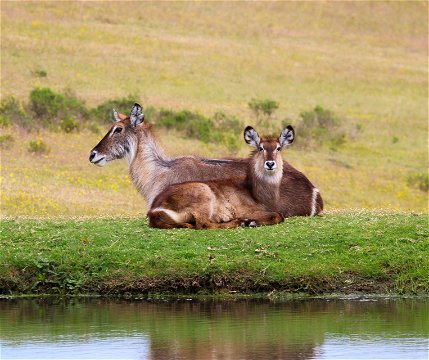
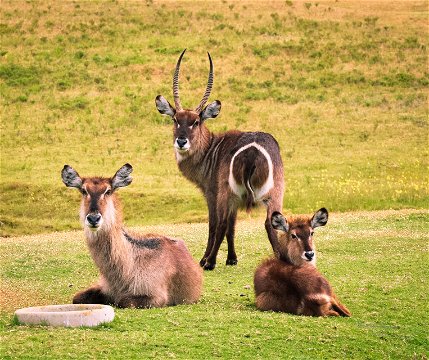
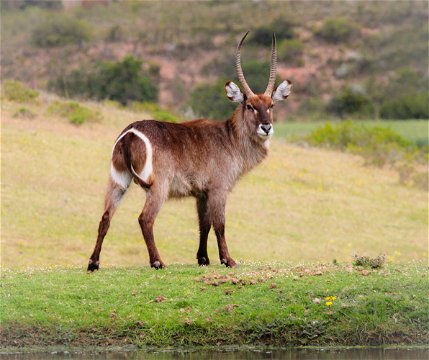

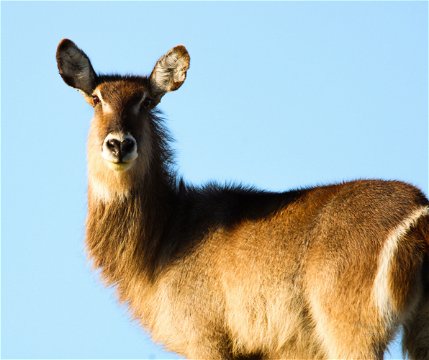
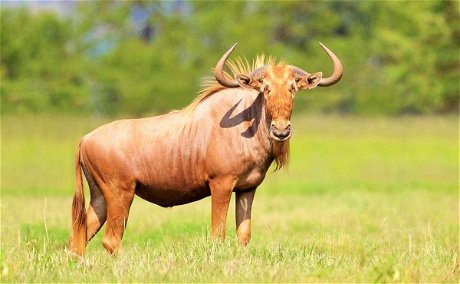


Share This Post